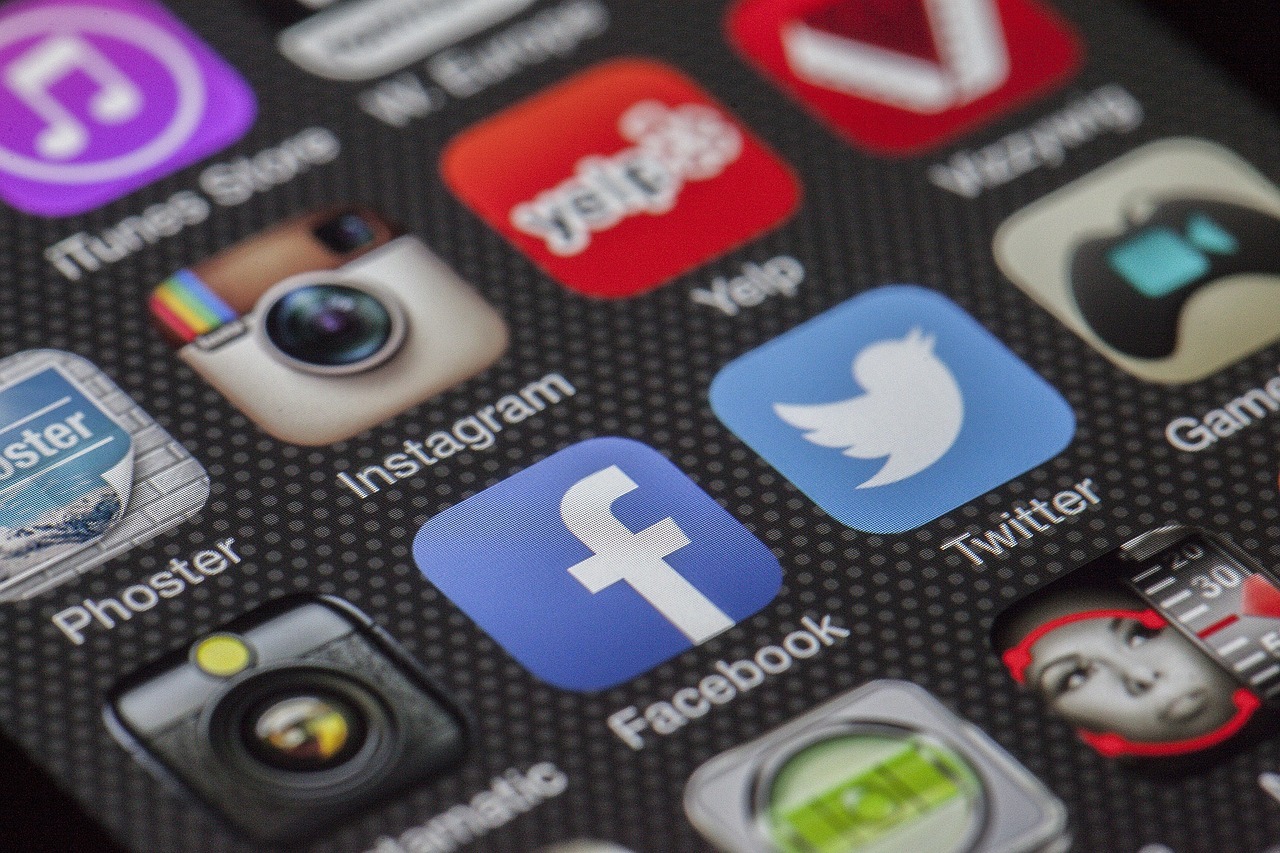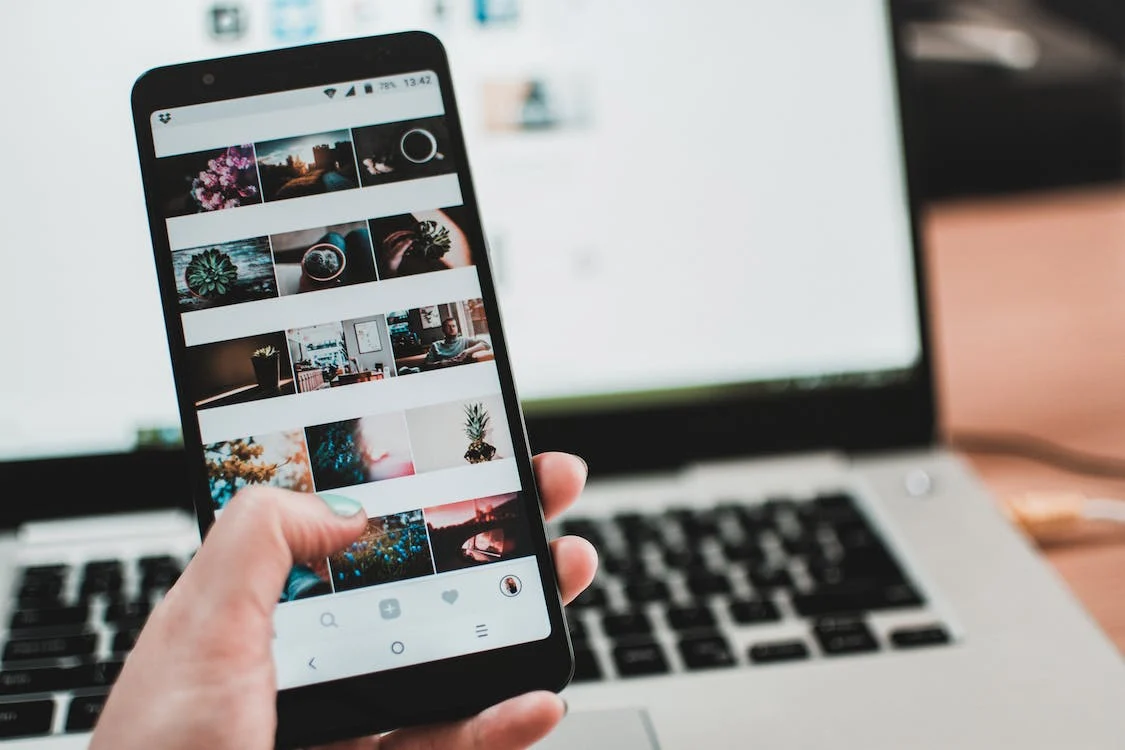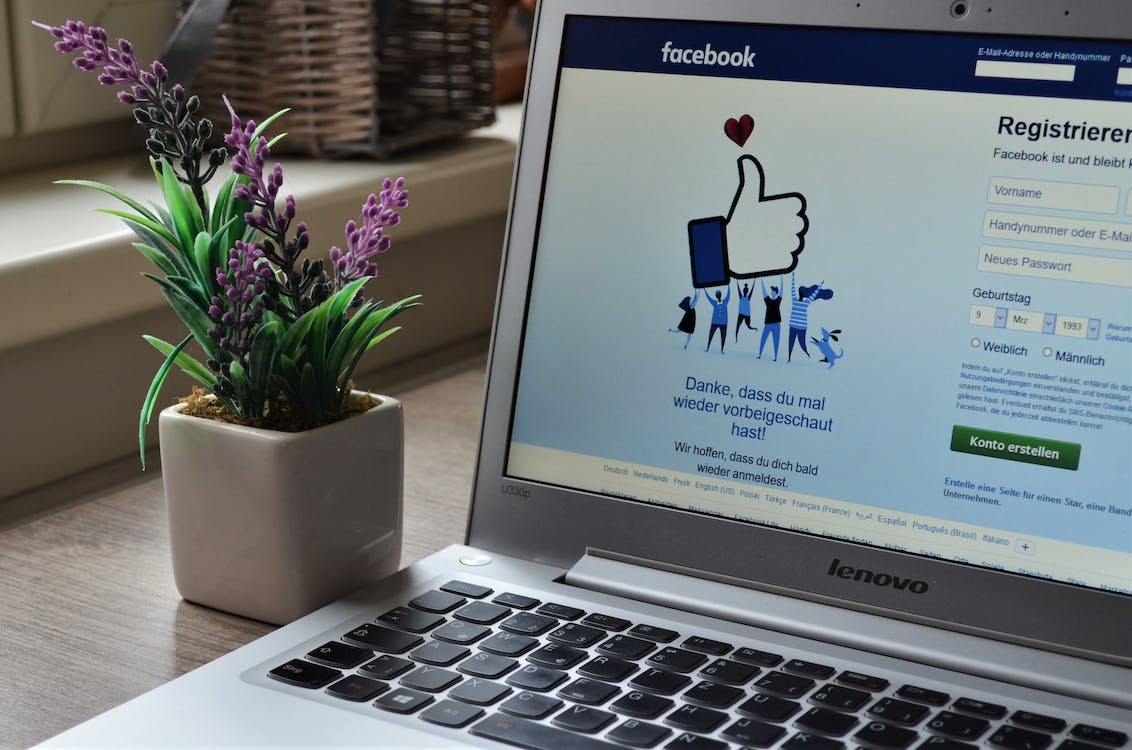In the dawn of the 21st century, a revolutionary change began to sweep across the digital landscape, fundamentally altering the way humans interact, share information, and connect with each other. This transformative era marked the emergence and evolution of social media, a phenomenon that has since become integral to our daily lives.
Social media, in its simplest definition, refers to the collection of online platforms and tools that enable users to create, share content, and participate in social networking. The 2000s, in particular, was pivotal in shaping the trajectory of social media, witnessing its metamorphosis from emerging online meeting spaces to complex, global networks with profound societal impacts.
In exploring the evolution of social media during the 2000s, it is essential to understand the interplay between technological innovation and cultural adoption. This journey is not just about the platforms that rose and fell or the features that were introduced; it is a narrative about how human communication and interaction underwent a digital revolution, altering the fabric of society in a manner that was unprecedented. As we delve into this exploration, we will uncover the milestones of social media’s evolution and how it emerged as a defining characteristic of modern society.
Early 2000s
The early 2000s marked a significant era in the history of the internet, characterized by its transition from a niche to a mainstream medium. This period was defined by the aftermath of the dot-com bubble burst, a time when skepticism about the internet’s commercial viability was high. Despite this, the era witnessed a steady increase in internet adoption, with more households getting online access, primarily through dial-up connections. The internet was primarily used for searching information, using email, and exploring nascent online communities. Websites were mostly static, and the concept of user-generated content was still in its infancy.
The Rise of Early Social Media Platforms
The early 2000s saw the emergence of the first generation of social media platforms. Friendster, launched in 2002, was among the first to gain widespread popularity. It introduced the concept of connecting with friends online in a more structured manner than previous chat rooms and message boards. Following Friendster’s success, MySpace emerged in 2003, quickly becoming a cultural phenomenon. It differentiated itself with a focus on personal expression, allowing users to customize their profile pages and share music, which particularly resonated with younger users.
Key Features and Innovations
These early social media platforms introduced several key features and innovations. They allowed users to create personal profiles, connect with friends, and view each other’s networks. This emphasis on building and visualizing a social network was a significant departure from the anonymous chat rooms of the previous decade. MySpace’s customizable profiles enabled users to express their individuality, a feature that became incredibly popular. These platforms also introduced the concept of ‘friending’ or ‘connecting’ with others, laying the groundwork for the social media ecosystems we know today.
The Social Impact of Early Social Media
The social impact of these early platforms was profound. They began to change how people interacted with each other online, fostering a sense of community and shared experience. For the first time, online interactions became integral to many people’s social lives, especially among teenagers and young adults. These platforms were not just about sharing information but also about building relationships and expressing identity. This era marked the beginning of the shift from the internet being a purely informational resource to a crucial social tool, setting the stage for the more integrated and immersive social media platforms that would follow.
Mid-2000s
The mid-2000s marked a significant expansion in the social media landscape with the introduction of platforms that would eventually dominate the digital world. In 2004, Facebook was launched, initially as a college networking site. It quickly expanded, opening up to the general public and redefining social networking with its user-friendly interface and advanced features. Around the same time, YouTube was introduced in 2005, revolutionizing the way users consumed and shared video content. These platforms significantly differed from their predecessors in terms of scope, scalability, and the depth of user engagement.
Diversification of Social Media Types (Video, Networking, Blogging)
This era witnessed a remarkable diversification of social media types. Video sharing became a major part of the online experience with YouTube, introducing a platform where users could easily upload, share, and view video content. Social networking took on a more structured and expansive form with Facebook, which offered diverse functionalities including status updates, photo sharing, and event organizing.
Additionally, the blogging landscape evolved with platforms like WordPress and Blogger, allowing users to create more sophisticated and content-rich blogs. This diversification meant that users now had specific platforms for different types of online interactions – from sharing life updates to posting videos and writing detailed blog posts.
The Impact on Personal and Professional Communication
The mid-2000s saw a significant shift in the way personal and professional communication was conducted. Social media platforms became vital tools for maintaining personal relationships, networking, and professional branding. Facebook, for instance, started being used not just for connecting with friends and family, but also for professional networking and as a platform for businesses to engage with customers.
YouTube opened new avenues for content creators and marketers, changing how entertainment and advertising were approached. The boundaries between personal, professional, and public communication began to blur, setting new norms for how people interact and present themselves online. This period set the stage for social media to become an inextricable part of both personal expression and professional communication.
Late 2000s
By the late 2000s, social media had evolved from a digital novelty to a mainstream phenomenon. Platforms like Facebook and Twitter had amassed millions of users worldwide, becoming household names. This era marked the transition of social media into an integral part of everyday life for a significant portion of the global population. People from all walks of life, regardless of age, profession, or geographic location, began to engage with social media, using it for a variety of purposes ranging from personal communication to entertainment and news consumption.
This expansion was not just limited to the Western world but included significant growth in Asia, Latin America, and other regions. The global nature of these platforms meant that they became spaces where diverse cultural expressions coexisted, and users could connect across international borders with unprecedented ease.
Emergence of Mobile Technology and Its Impact on Social Media
The introduction of the iPhone in 2007 and subsequent smartphones transformed the way people accessed and used social media. With the advent of mobile apps, social media platforms became constantly accessible, allowing users to engage with their networks anytime and anywhere. This shift to mobile usage significantly increased the amount of time people spent on social media and accelerated the growth of these platforms.
Social Media’s Role in Politics, Social Movements, and Global Events
The late 2000s also saw social media beginning to play a significant role in politics, social movements, and global events. Platforms like Twitter became vital tools for political campaigning, public diplomacy, and activism. The real-time nature of these platforms enabled rapid information dissemination, making them crucial during emergencies and global events.
Social media played a prominent role in the organization and spread of social movements, as seen in events like the Green Movement in Iran (2009) and the Arab Spring (starting in 2010). These platforms provided a space for political expression, especially in regions where traditional media was censored or restricted, highlighting their power as tools for social change and public discourse.
Technological Innovations and Their Influence on Social Media
The evolution of social media in the 2000s was intrinsically linked to the advancements in web technologies, particularly the transition to what is commonly referred to as Web 2.0. This new phase of the internet was characterized by greater user interactivity, collaboration, and information sharing, as opposed to the static web pages of the earlier Web 1.0 era.
Web 2.0 technologies enabled the creation of social networking sites, blogs, wikis, and media sharing platforms. These technologies empowered users to contribute content and interact online, which was a foundational change for social media platforms. This era saw the rise of user-generated content, where anyone with internet access could create and share content, significantly democratizing the online landscape.
Integration of Multimedia and Interactive Elements
The integration of multimedia and interactive elements was a key factor in the appeal and growth of social media. Platforms began to support a variety of content formats, including text, images, videos, and later, interactive elements like polls and live streaming. This diversification allowed users to express themselves in a multitude of ways, making online interactions richer and more engaging. Video sharing, in particular, became a major aspect of social media, as seen with the rise of YouTube.
The Evolution of Algorithms
Another significant technological innovation that influenced social media was the development and refinement of algorithms for content delivery and personalization. Social media platforms began using sophisticated algorithms to analyze user behavior, preferences, and interactions. This data was then used to personalize the user experience, such as tailoring the news feed in Facebook or suggesting videos on YouTube.
These algorithms were designed to keep users engaged on the platform by showing them content that would be most relevant and interesting to them. While this increased user engagement, it also raised concerns about the creation of “filter bubbles” and the impact on the diversity of information and viewpoints users were exposed to. Nonetheless, these algorithmic advancements were crucial in shaping the modern social media experience, where content is highly tailored to individual users’ interests and behaviors.
Challenges and Criticisms
As social media platforms grew in popularity and amassed vast amounts of user data, privacy concerns and data security emerged as significant challenges. Users began to question how their personal information was being used, who had access to it, and how it was protected. High-profile data breaches and scandals involving misuse of user data brought these issues into sharp focus. Concerns were not only about unauthorized data access by hackers but also about how social media companies themselves used this data, particularly for targeted advertising and potential manipulation. These concerns led to increased scrutiny from regulators and calls for stricter data protection laws and practices.
The Rise of Cyberbullying and Online Harassment
The anonymity and distance provided by social media platforms led to a rise in cyberbullying and online harassment. Unlike traditional bullying, cyberbullying can occur at any time and can reach a victim even when they are alone, making it pervasive and often more psychologically damaging. Social media platforms became venues where abusive behavior, harassment, and spreading of harmful content could occur with relative ease. Young people, in particular, were found to be vulnerable to these negative experiences online. This issue raised questions about the responsibility of social media companies to monitor and moderate content and the balance between free expression and protection from harm.
Final Words
The 2000s witnessed the transformation of social media from simple, text-based platforms to complex ecosystems that integrated multimedia, interactive elements, and sophisticated algorithms. This evolution brought about unprecedented levels of engagement and personalization, making social media an integral part of personal and professional communication. The rise of mobile technology further accelerated this integration, making social media a ubiquitous presence.
The legacy of this era is a world deeply interconnected by digital threads, where information is shared at lightning speed, and social interactions have transcended physical boundaries. Understanding this evolution is key to navigating the future of social media, a future that holds immense potential but also requires careful consideration of the lessons learned during these foundational years.




